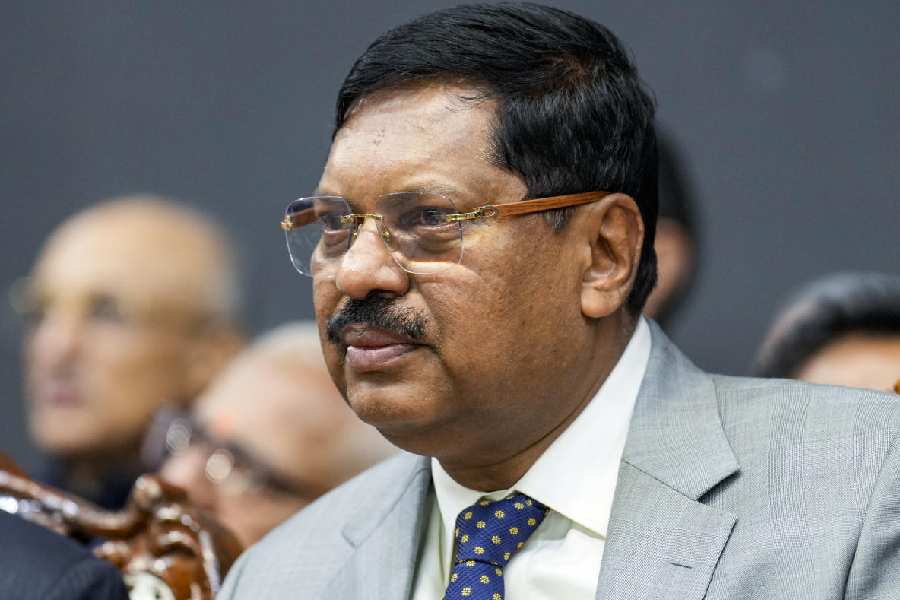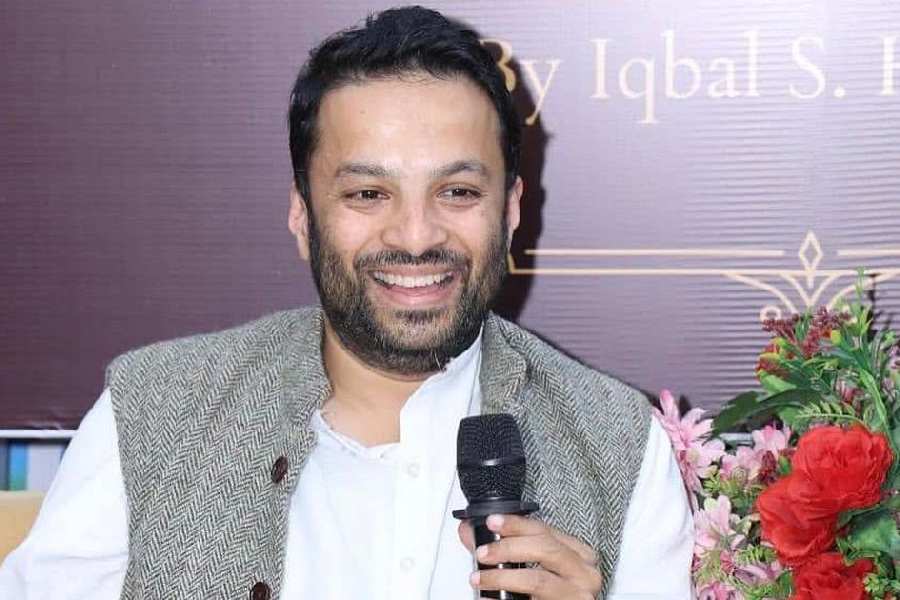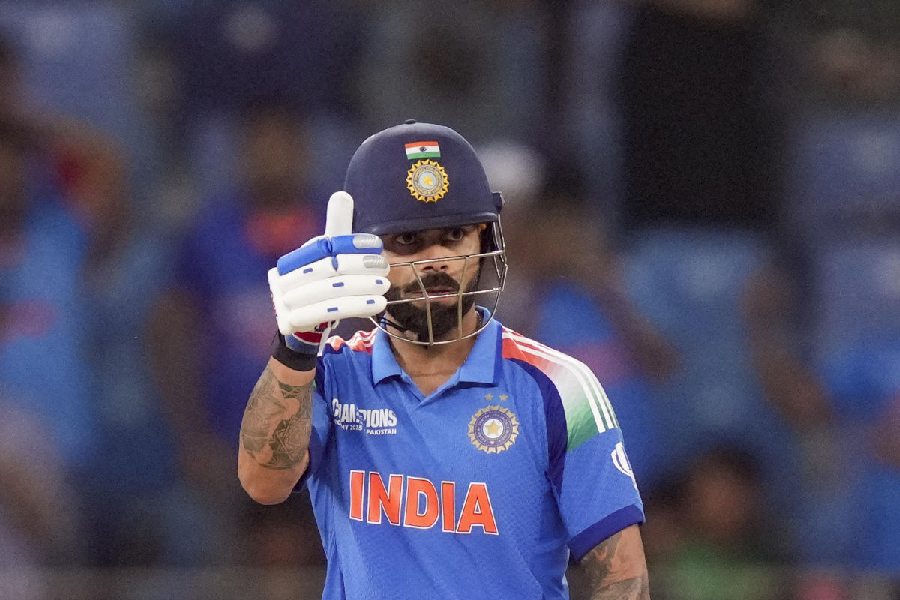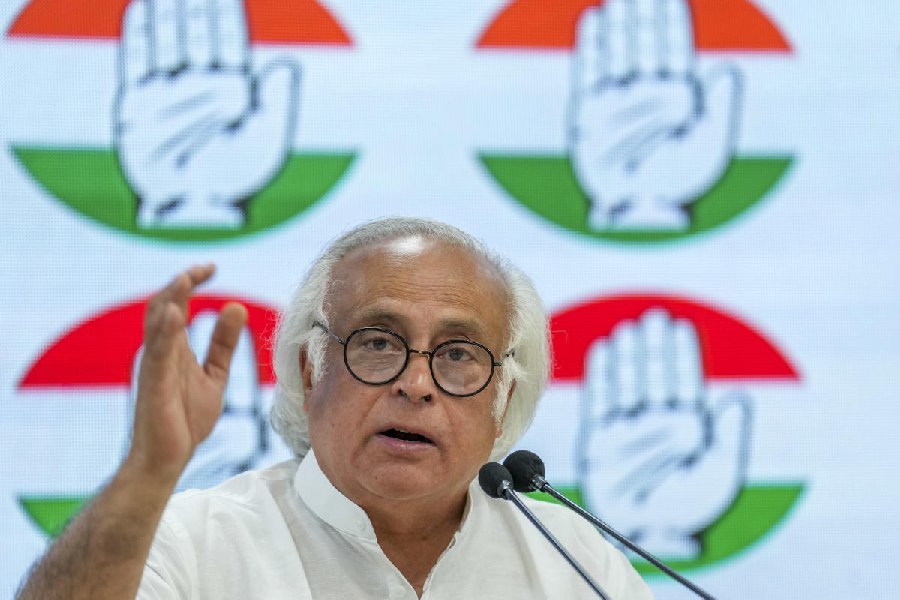 |
Long long ago, in the 1971 cool flick Hare Rama Hare Krishna, a sultry Zeenat Aman cribbed “Chashme se soorat kitni bigad jati hai (how glasses ruin one’s look)”.
In Dilwale Dulhania Le Jayenge, 1995, Kajol wore glasses till she wasn’t in love; she dropped her glasses and bloomed into a woman amid the sarson fields of Punjab.
Cut to 2003. Shah Rukh Khan bursts into the ditty Pretty woman to woo a bespectacled Preity Zinta in Kal Ho Naa Ho. But the glasses don’t survive — half-way down the film Preity discards them to look pretty for the hero.
But then things started to change fast. For no more are women with glasses thought of as matronly, severe, unappealing and sexless. The image of the glass-wearer has undergone a makeover, and how.
Now glasses are hot and often a power accessory. Sania Mirza is an intrepid wearer of glasses. Rani Mukerji did it in Hum Tum. So did Kangana Ranaut in Life in a... Metro and Bipasha Basu wore them in Goal. Designer Sabyasachi Mukherjee put glasses up there on the ramp with his leggy models in designer rags.
Still, if the number of girls wearing glasses in movies is not overwhelming, in real life it is. And it is not hampering their relations with the other sex at all.
“Even two years back women wouldn’t like to be seen wearing glasses. Now they flaunt their glasses. It gives them a different, bold image,” says Sayantan Das Adhikari, a public relations entrepreneur, who himself has been wearing glasses for the past 12 years and has obviously been observing women through them quite keenly. “Women wear big, funky frames. Some glasses are sex symbols, like the bold black shell frames that many wear these days. Sometimes glasses are pushed up on the ladies’ heads, sometimes tucked into their shirt-front. But even that hint of the glasses is charming,” he says.
Ironically, in one of those unexpected acts of subversion in favour of womankind, it was the tale of the fashion disaster Jassi in the serial Jassi Jaissi Koi Nahin, which was to some extent responsible for women chucking contact lenses in favour of glasses in India. While no one wanted to look like Jassi in her tent-house salwars, a hideous wig and braces, her thick black-framed glasses became a rage with a certain class of working women, eager to portray themselves as “different”. And there were other women celebs donning glasses, like Kajol in real life too, that made glasses cool.
But no less important was the common woman. “The prejudice against women with glasses has changed. One of the reasons can be the increase in the number of working women. What we find attractive in a woman has changed because of her. Also, with a number of celebrities sporting glasses in films and real life, glasses have become fashionable,” says H. Subrahmanya, operations manager, Lawrence & Mayo.
“It’s now uncool to think that women with glasses are not cool. The stigma attached to a woman wearing glasses has gone,” says Mrinalini Das, a 28-year-old media professional. “I wear contact lenses at times, but I prefer wearing glasses, especially with jeans and casuals. It goes with my image and lends a bit of gravity, which I like. It is fashionable, too,” says Debalina Sen, a 24-year-old.
Glasses work for both genders. Though they had always worked for men, now they are also being complimented. “I am always told that I look better with glasses,” laughs Argha Bose, a 26-year-old working professional. “Now glasses are a lifestyle accessory. I know of many people with zero power who wear glasses just to portray a certain cool, corporate image,” says Arindam Bhattacharyya, a 26-year-old media planner.
Eye-wear companies don’t count that as a trend, though they admit there has been a change in the way glasses are looked at.
 |
THE TRENDS
“Customers today are a lot more fussy about the kind of glasses that they wear. The weight of the glasses is always an important factor. Glasses gave way to plastic lenses and that in turn has been replaced by lenses made of poly-carbonate,” says Subrahmanya.
Many new brands — Airwear, Ipseo, Philip Morel, Armani and Esprit — have entered the market. “I would say the big change that has taken place in the past year or two is that people have started recognising brands. Many new brands have entered the market and they are all doing well,” said Sarat Binani, director, Himalaya Opticals.
People are also willing to spend more on frames and lenses. “With an increase in disposable income, especially among the young, the average expenditure on glasses has gone up by at least 20 per cent in the past year,” says Subrahmanya. Sayantan admits that his present pair cost him close to Rs 3,000.
Glasses today are part of one’s wardrobe. In fact, they have become a little like shoes. It’s okay if you are promiscuous with glasses, too. People have a party pair of glasses, work-day glasses and formal evening glasses.
WHAT SELLS
“Rectangular, sleek lenses, rimless frames, shell frames for girls sell well. Golden frames and big frames sell for the elderly,” says Anirban Chandra, marketting manager, GKB Opticals. Demands change with times. “The demand for rimless glasses has gone up by 100 per cent in the last year. By comparison, gold frames, so popular once, have dropped by 40 per cent,” says Subrahmanya.
Celebs, male, also often affect buys. “After Mohabbatein, everyone was wearing specs like the ones worn by Shah Rukh in the movie,” remembers Argha. Post Kal Ho Naa Ho, Preity made a trend out of her black shell frames. They are still very trendy. “These frames were always there, though a little bulky and worn by the elderly. In a sleeker form, suddenly they were the rage. At present, Sania Mirza glasses are doing very well,” says Subrahmanya.
Some people still retain particular preferences. “I like oval glasses, and I also like them in a particular size. Not too big, but not so small that they get completely lost. Of course, I have to really hunt for them. But it feels great when I have finally found a pair that I like,” says Elizabeth Shu, an employee in the hospitality industry. For Arindam, trends never dictate his selection. “A certain kind of frame might be in the height of fashion, but might not suit my face structure. I would definitely not buy it just to prove that I follow fashion. I try out many frames before deciding what looks best on me.”
Being a “chashmish” is no longer equivalent to being unattractive. And if you think it is, maybe you need a pair of glasses to clear your vision.











